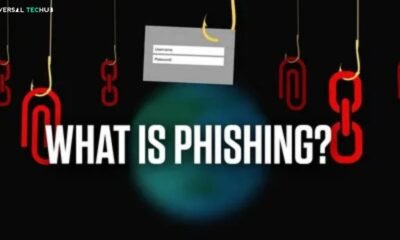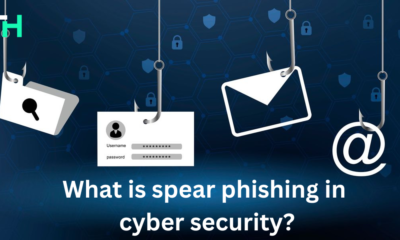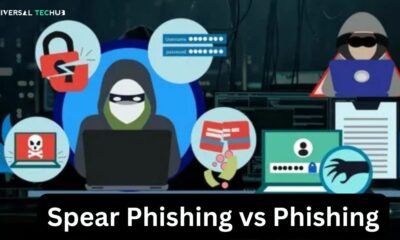Smishing attack
USPS Warns of Smishing Scams During the Holiday Season

The United States Postal Service (USPS) has issued a warning about smishing scams targeting holiday shoppers. These scams involve fraudulent text messages that appear to be from the USPS, asking for personal information or payment to resolve fabricated delivery issues. The USPS emphasizes that they never request personal details or payments through unsolicited messages. Tracking updates are only available through the official USPS website, usps.com, or their mobile app.
Key Tactics Used in USPS Smishing Scams:
- Fake Package Delivery Notifications: Scammers often claim that a package is on its way and that the recipient must update delivery information or pay a fee to avoid delays.
- Links to Fraudulent Websites: These messages include phishing links that lead to fake USPS websites designed to steal personal or payment information.
- Impersonating USPS: Attackers often spoof USPS’s official phone number or website to make the messages seem legitimate.
Why Smishing Scams Increase During the Holidays:
- Increased Online Shopping: With more people shopping online during the holidays, consumers are more likely to receive notifications about packages, making them more vulnerable to scams.
- Heightened Holiday Stress: The holiday season can lead to distractions, making individuals more likely to respond to unsolicited messages without thinking critically.
- Urgency and Fear: Scammers create a sense of urgency by claiming a missed delivery or that immediate action is required, leading to impulsive responses.
How to Protect Yourself:
- Be Wary of Unsolicited Texts: Avoid clicking on any links or providing personal information to unsolicited messages, even if they appear to be from legitimate sources.
- Verify the Sender: If you receive a text message claiming to be from USPS, contact them directly through their official website or customer service.
- Do Not Share Personal Information: The USPS will never ask for sensitive information like your Social Security number or bank account details via text message.
- Use Strong Security Practices: Protect your online accounts with strong passwords and enable two-factor authentication for added security.
By staying vigilant and following these precautions, you can protect yourself from smishing scams during the busy holiday season.
Read More Blogs
USPS Warns of Smishing Scams During the Holidays
What is smishing and phishing?
What is the difference between phishing and smishing?
Why are Smishing Attacks Particularly Effective?
Scammers Target Toll Road Drivers with Smishing Scam Via Text Messages
-

 Phishing attack6 months ago
Phishing attack6 months agoWhat is Spear Phishing and How You Can Identify This Scam?
-

 Social engineering attack8 months ago
Social engineering attack8 months agoBaiting Attacks Explained: A Closer Look at Cyber Threat Tactics
-

 Social engineering attack6 months ago
Social engineering attack6 months agoWhat are Social Engineering Attacks – A Complete Guide to Cyberattacks Prevention
-

 Social engineering attack8 months ago
Social engineering attack8 months agoSpear Phishing Attack: A Targeted Cyber Threat
-

 Social engineering attack8 months ago
Social engineering attack8 months agoWhat is spear phishing attack? A detailed guide
-

 Phishing attack6 months ago
Phishing attack6 months agoWhat Are Phishing Emails? A guide for you
-

 Social engineering attack8 months ago
Social engineering attack8 months agoWhat is spear phishing in cyber security?
-

 Social engineering attack8 months ago
Social engineering attack8 months agoSpear phishing vs phishing: Understand the Risks






















